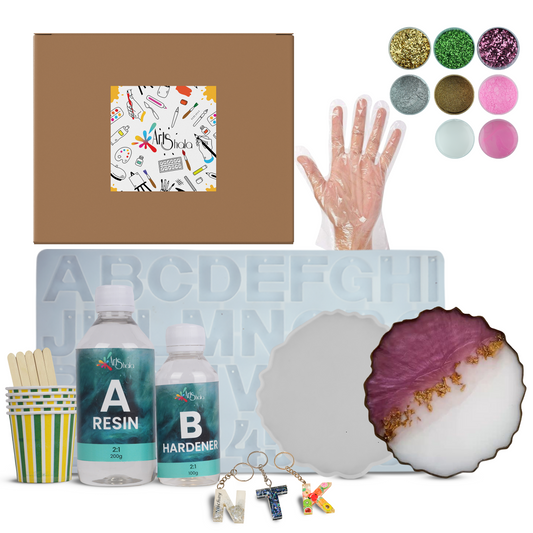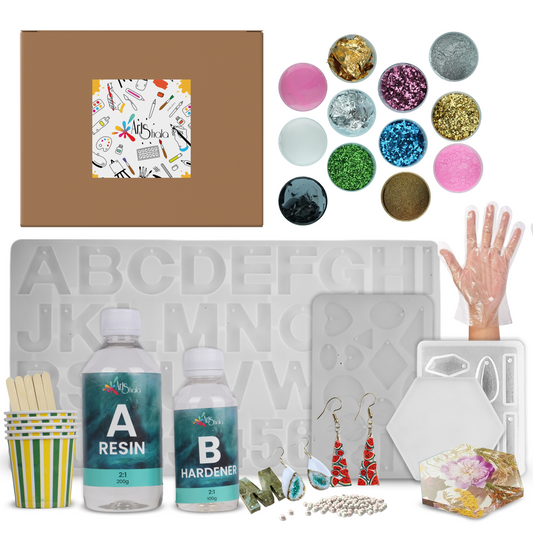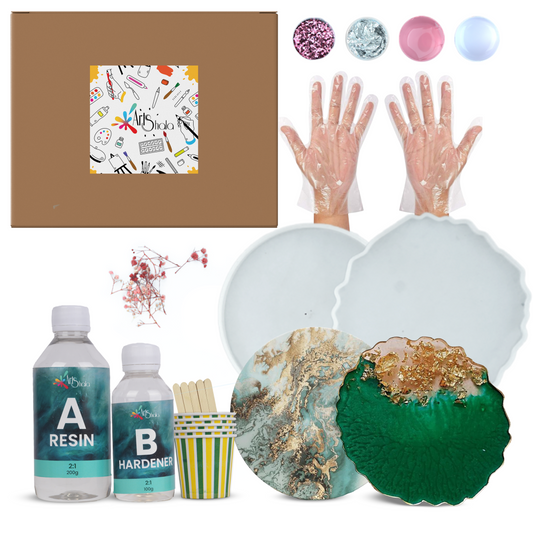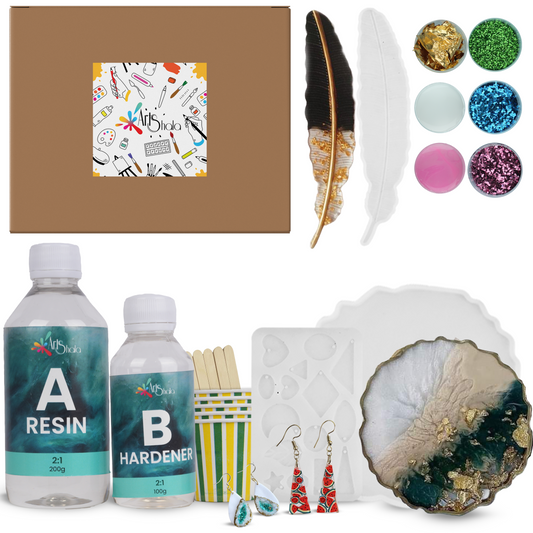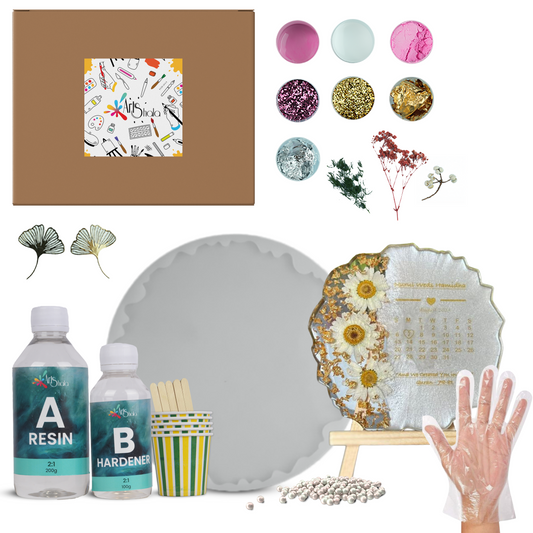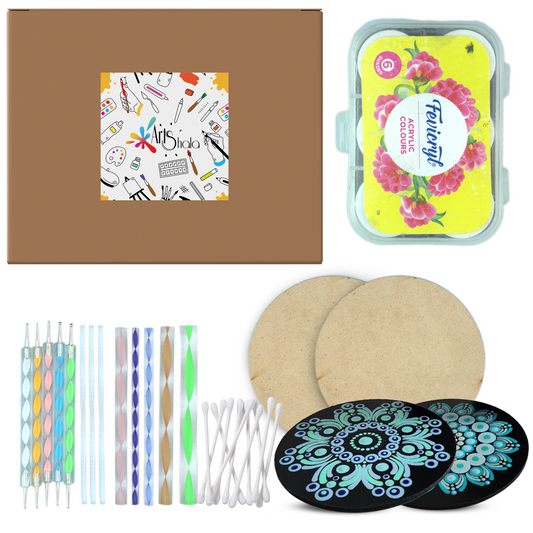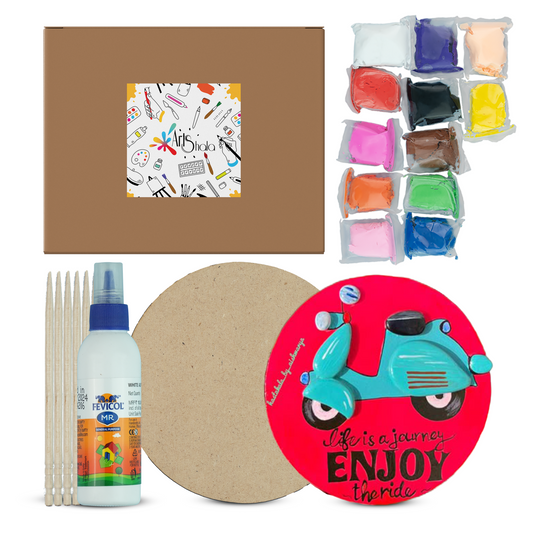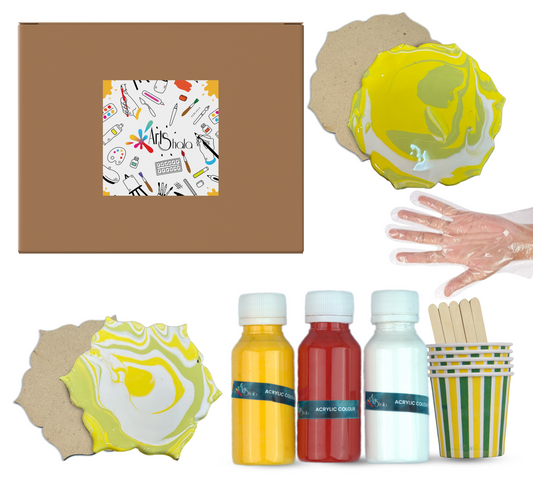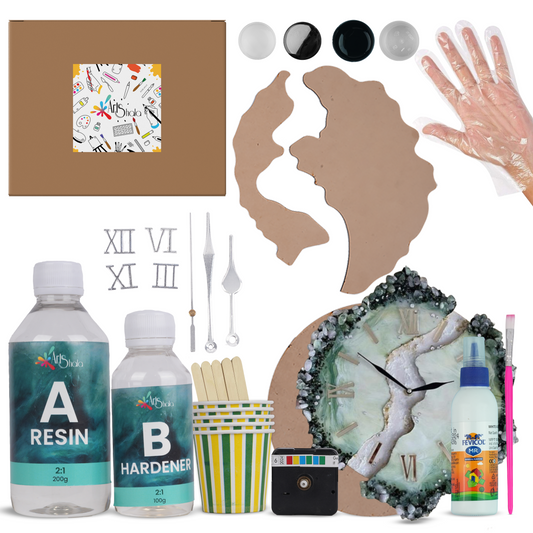Should I Use Acrylic or Oil Paint to Learn How to Paint?
The debate between acrylic paint and oil paint as the best medium for beginners is a topic many aspiring artists encounter. Each medium brings its own unique set of characteristics, making it essential to understand what works best for your style and goals. Acrylics dry quickly, making them a perfect choice for those who appreciate speed and convenience. Oils allow for more blending time, which can be beneficial for detailed work. To truly discover which medium suits you best, why not join an acrylic painting or oil painting workshop? Hands-on experience will provide valuable insights into both types of paints. Both acrylics and oils have their unique strengths and weaknesses. Your choice should align with your personal preferences, learning goals, and project requirements. Enjoy the journey of learning to paint, and find the right medium that inspires you!
Understanding Acrylic Paint
Thanks to its unique characteristics and advantages, acrylic paint is a popular choice for beginners. Here’s a closer look at what makes acrylics stand out:
1. Quick Drying Time
One of acrylic paint's defining features is its fast drying time. It can become touch-dry within 15 minutes. This quality allows artists to layer colours quickly, making it ideal for those who prefer rapid results. However, this can also make blending more challenging.
2. Water-Based Composition
Being water-based means that acrylic paint can be easily thinned and cleaned up with just soap and water. This characteristic not only simplifies the painting process but also makes it suitable for use in smaller spaces without a strong odour.
3. Cost-Effectiveness
Acrylics are generally more affordable than oil paints. They do not require additional materials like solvents or mediums, making them budget-friendly for beginners who want to explore painting without a significant financial commitment.
4. Durability
Once dried, acrylic paints form a flexible polymer layer resistant to cracking and discolouration over time. This durability ensures that artworks maintain their vibrancy and integrity even after years.
These characteristics of acrylic paint support a straightforward entry into the world of painting, appealing to many aspiring artists eager to express their creativity.
Understanding Oil Paint
Oil paint is known for its unique qualities that appeal to many artists, especially those looking to enhance their skills. Here are some key features and advantages of using oil paint:
1. Slow Drying Time
Oil paints dry much slower than acrylics, allowing artists to work at their own pace. This extended drying time is beneficial for blending colours and making adjustments on the canvas. Artists can take their time to achieve smooth transitions and gradients.
2. Material Requirements
Working with oil paint requires additional materials like solvents (e.g., turpentine or mineral spirits) for cleaning brushes and mediums to alter the paint's consistency. While this may increase initial costs, the flexibility it offers can be worthwhile for those eager to experiment with different techniques.
3. Vibrant Colours and Textures
The pigments in oil paints create rich, vibrant colours that stand out on canvas. The creamy texture allows for layering, glazing, and impasto techniques, providing depth and dimension to artworks. These qualities make oil painting particularly appealing for creating detailed and textured pieces.
Choosing oil paint means embracing a medium that encourages exploration and creativity through its distinctive properties.
Comparing Acrylics and Oils for Beginners
When deciding between acrylic vs oil paint for beginners, consider the following aspects:
Ease of Use
Acrylic Paint:
-
Quick drying time helps beginners complete projects faster.
-
The water-based formula allows easy cleanup with soap and water.
-
It is ideal for those who might feel overwhelmed by complex setups.
Oil Paint:
-
Slower drying time permits more time to blend colours and correct mistakes.
-
Requires additional materials, like solvents, which can complicate the process for newcomers.
Flexibility in Techniques
Acrylic:
-
Versatile application methods, including pouring, spraying, and layering.
-
Suitable for various styles from abstract to realism.
Oil:
-
Excellent for detailed brushwork and soft transitions due to longer working time.
-
Allows for glazing techniques that can create depth and richness in artwork.
Choosing the suitable medium depends on your comfort level with these factors. Each paint type brings unique advantages and challenges that can shape your painting journey.
Making a Choice: Acrylic or Oil?
Choosing the right painting medium often depends on your personal goals as an artist. Here are some guidelines to help you decide:
If You Prioritize Speed and Convenience:
Acrylics are ideal for quick projects. Their fast drying time allows beginners to complete work in a shorter period, making them an excellent choice for beginners who want immediate results. Ultimately, both acrylic and oil paints have their own merits. Consider your personal preferences, painting style, and goals as an artist when making your decision. And remember, experimenting with different mediums is always encouraged as you grow and develop your skills.
If You Value Detail and Blending Capabilities:
Oil paint comes with a wide range of possibilities. Its slower drying time allows for more blending and correction, making it ideal for those who enjoy working with intricate details or creating soft transitions. Additionally, the richness and depth achievable through glazing techniques can add a unique character to your artwork.
Oils shine when it comes to intricate details and smooth colour blending. The slower drying time gives artists the luxury of adjusting their work over a longer period, perfect for creating soft transitions and rich textures.
Considering these factors can significantly influence your painting journey. Each medium has its distinct advantages tailored to different artistic objectives.
Conclusion
Ultimately, the decision between acrylic and oil paints comes down to personal preference. Acrylics offer convenience and versatility, while oils provide depth and blending capabilities. Experimenting with both mediums can further enhance your artistic skills and broaden your artistic horizons. Think about whether you enjoy quick projects or if you prefer taking your time with details. No matter which medium you choose, the most essential part is to start creating. Painting is a long process of exploration and expression.
If you're curious about both mediums, Contact Us on Arts Shala today where you'll gain valuable insights and hands-on experience with acrylics and oils, helping you make an informed decision for your artistic path. Enjoy the joy of painting, and let your creativity flourish!
Remember, there's no right or wrong approach when it comes to acrylics versus oils. It purely depends on your personal preferences and the effects you want to achieve in your artwork. So, take a leap of faith, grab that paintbrush, and dive into the vibrant world of painting. Happy creating!




